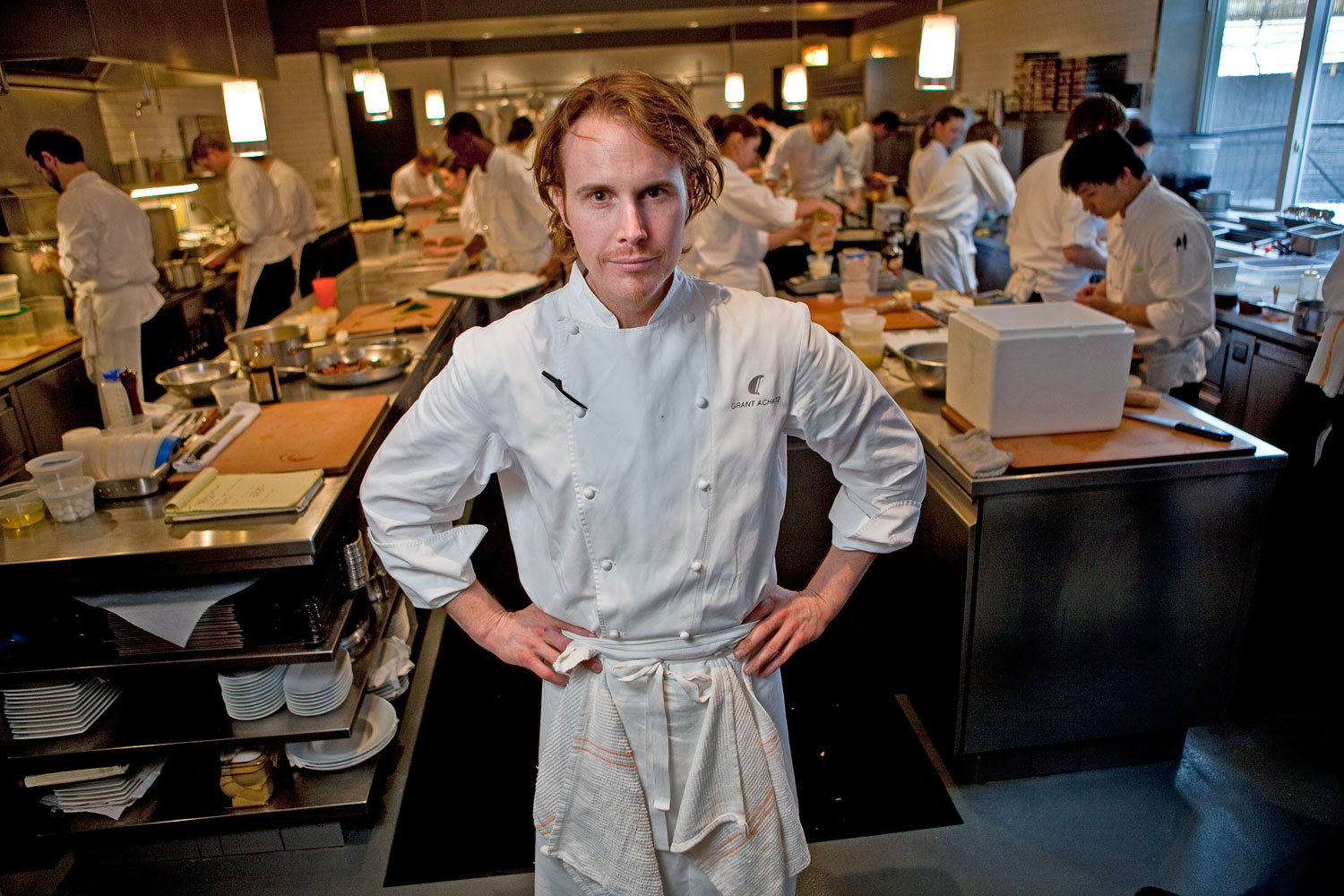1. Can Jerryon Stevens Be Saved?
He’s a former straight-A student, whose father is a three-time felon and whose brother is college-bound. What path will he take? Chicago magazine follows one Humboldt Park family.
2. Alinea 2.0: Reinventing One of the World’s Best Restaurants
2015 was its most financially successful year. So they took that money and completely changed it. Eater Chicago pays Grant Achatz and Nick Kokonas a visit.
3. The Double Door, When Wicker Park Was Wicker Park
The rock club arrived when the neighborhood was a haven for artists. Now it’s the last survivor. Tony Fitzpatrick remembers in NewCity.
4. The Short Life of Deonte Hoard
The 17-year-old was the 53rd person murdered in Chicago in 2015, the victim of a new structure of violence in the city. Buzzfeed tells his story.
5. Why Chicago Is the Best City in America for Young Standups
The audiences are harder, but Kevin Nealon and Louis C.K. aren’t going to do a drop-in set just before you go on. Splitsider makes the case.
6. The CHA’s Waiting Game
Its waiting list is five times what it was a decade ago, and four out of five applicants don’t make it on. The wait is years. So how are people jumping to the head of the line? The Sun-Times investigates.
7. On the Inside
Paul Modrowski was sent to prison for a murder and decapitation committed in Barrington in late 1992—just after the Brown’s Chicken massacre. He blogged for years behind bars, maintaining his innocence the whole time. And that’s where the story begins. Reply All turns his tale into a podcast.
8. Yearbook ’98: Chicago
What happened after the Wicker Park rock scene burned out? Chicago went post-rock (and alt-country). Pitchfork looks back.
9. Chicago Gets More Bad News from the Census Bureau
The city lost population for the first time this decade, as cities its size across the country thrived. Chicago magazine goes behind the numbers.
10. Dunbar Vocational: Whose Jobs Are They Anyway?
The high school’s trade programs were once legendary. Now it’s getting a $9 million addition for a building-trades program, but the effort is opening old wounds. WBEZ connects its history with its future.



